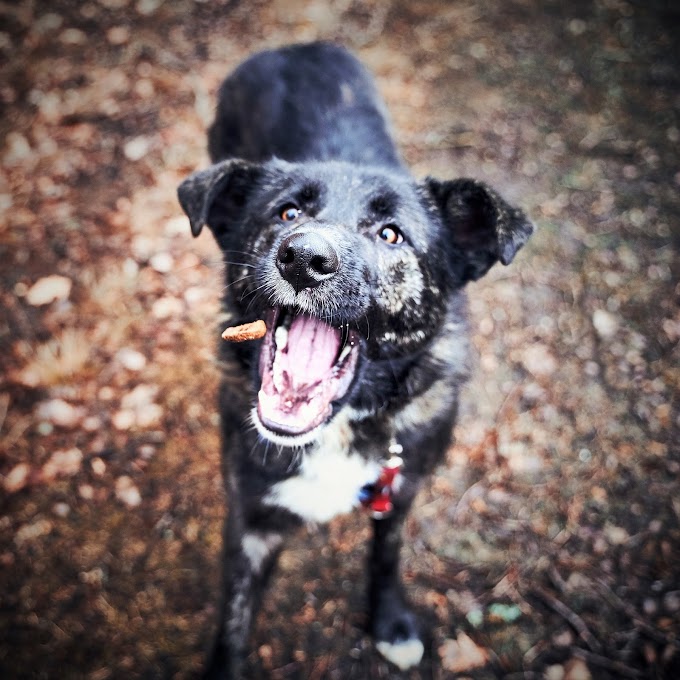Toys for your dog is something most dog owners think about getting. But until they have been weaned, a puppy plays with their litter mates and playthings aren't necessary. They are even uninteresting and possibly dangerous.
Let's dive right in.
Taking a Closer Look at Toys for Your Dog
From the age of 6 to 8 weeks, puppies start to take an interest in toys. Almost any toys for your dog will do, as long as they cannot be swallowed, or cause injury.
Puppies enjoy pulling things, shaking things, and carrying things around in their mouths.
And as soon as they are able to run without tripping, they enjoy
chasing things. This is the moment to buy toys for your dog
such as a rubber ball.
Not just any kind of a ball, and
certainly not the soft foam rubber type, (which can be chewed to bits
and swallowed), not the inflatable children's ball that can be
punctured with their sharp baby teeth.
A Pet Store, Not a Toy Store
Buy them a hard rubber
ball that is too large to be swallowed but small enough for them to
hold comfortably in their mouth. Buy it, like all toys for your
dog, in a pet store, not a toy store. There is a difference in
the types of materials used.
A larger dog can be given a used
tennis ball, but never give any dog a golf ball. Golf balls can be
swallowed by some of the larger breeds, and they all contain a
poisonous liquid core.
Never give a puppy a stuffed animal, or an object of painted wood or flimsy plastic. Avoid toys for your dog resembling actual household objects like gloves or slippers. Unless you are prepared to face the consequences of them going after the real thing.
While children can be warned against putting harmful objects in their mouth, dogs are obliged to pick up everything with their mouth.
Toys
for Your Dog are the Best Substitutes
When a puppy
is separated from their litter mates, they miss them intensely at
first. The best substitutes for their playmates are a few toys for
your dog, (one is not enough), with which they can play alone,
with children, or with you.
Try to schedule a regular daily
playtime with toys for your dog. Never right after a meal,
because they need quiet for proper digestion, and never after a long
period of confinement, because the excitement of play will make them
want to urinate.
Before mealtimes is good, as well as before bed time too. But only if they are given an opportunity to empty their bladder before going to bed for the night. Whatever the time, the 10 or 15 minutes you devote to playing with your puppy will be the highlight of their day.
The
Teething Period
During the puppy's teething period,
(from 3 to 7 months, more or less), you should provide chew toys
for your dog made of digestible rawhide. Or, even better, a
harmless nylon bone of suitable size. They will keep them occupied
for hours on end.
Getting toys for your
dog will also prevent a lot of destruction. When you spot them
gnawing on a chair or table leg, it is much more effective to say
"NO" and immediately offer them the alternative of a
chewable bone or ball.
Biting and chewing are perfectly
natural and instinctive traits of all dogs. Trying to suppress this
activity by scolding and not offering alternative toys for your
dog is useless.
Toys for Your Dog Help Dislodge Baby Teeth
At teething time, these instinctive traits along with toys for your dog are very practical in dislodging baby teeth to make way for permanent ones.
Like a child, your puppy will become attached to their old toys. To those, at least that they haven't destroyed or lost. But as they grow bigger, you should think about replacing them with other more suitable toys for your dog that will match their size and strength.
Now I'd like to hear from you.
If you found this post on Toys for Your Dog informative please share it on social media through the buttons on this page and/or leave a comment below.
Thank You For Reading!






0 Comments